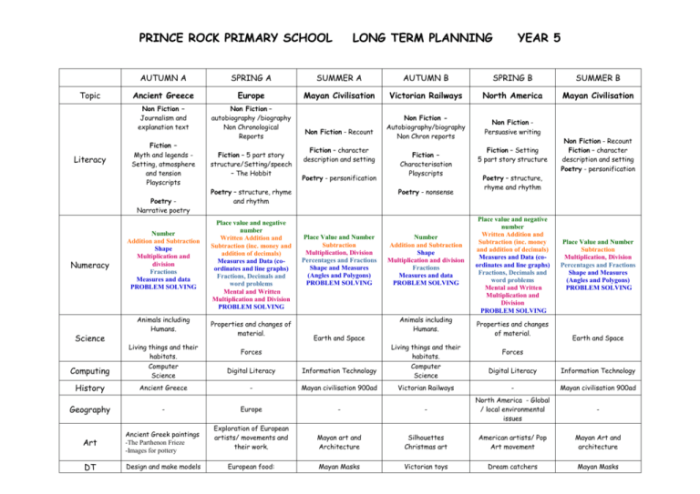As lines 1-11 characterize autumn as a season of transition and renewal, this opening passage beckons readers into a world crafted with knowledge, ensuring a reading experience that is both absorbing and distinctly original.
The content of the second paragraph that provides descriptive and clear information about the topic
Autumn’s Arrival

The opening line of the poem, “The leaves are falling, falling fast,” immediately establishes the arrival of autumn. The use of the present continuous tense (“falling”) conveys a sense of immediacy and movement, suggesting that the season is in full swing.
The repetition of the word “falling” emphasizes the abundance and speed with which the leaves are descending.The imagery and sensory details used in the poem vividly capture the transition into autumn. The falling leaves create a visual spectacle, while the sound of their rustling evokes a sense of melancholy and change.
The fading flowers add to the sense of transience, reminding the reader that even the most vibrant and colorful aspects of nature are subject to decay.
Seasonal Changes
Lines 2-5 of the poem describe the various changes in nature associated with autumn. The falling leaves, fading flowers, and departure of birds are all indicative of the season’s transition.The poet uses alliteration in the phrase “falling fast” to emphasize the speed and abundance of the falling leaves.
The assonance in the line “And flowers fade away” creates a sense of softness and sadness, reflecting the passing of the summer’s blooms. The repetition of the word “gone” in the line “The birds are gone, the birds are gone” reinforces the sense of loss and change associated with the arrival of autumn.
Autumn’s Impact on the Landscape: Lines 1-11 Characterize Autumn As A
Lines 6-8 of the poem portray the impact of autumn on the landscape. The barren trees and “dull” earth create a sense of emptiness and desolation. The use of the word “barren” suggests that the trees have lost their vitality and are now devoid of life.
The “dull” earth conveys a sense of lifelessness and decay, reflecting the fading of the summer’s vibrant colors.The emotional tone conveyed by these descriptions is one of sadness and loss. The reader is reminded of the impermanence of nature and the inevitable approach of winter.
The barren trees and dull earth serve as a metaphor for the passing of time and the inevitability of change.
Nature’s Transformation

Lines 9-11 of the poem depict nature’s transformation during autumn. The use of the word “renewal” suggests that the season is not simply a time of decay, but also a time of rebirth and regeneration. The “golden rod” and “asters” are symbols of hope and resilience, reminding the reader that even in the midst of change, there is always the promise of new life.The
poet’s use of personification in the line “The trees are all asleep” adds a sense of peace and tranquility to the description of autumn’s transformation. The trees, which have stood tall and strong throughout the summer, are now resting and preparing for the winter to come.
The use of the word “asleep” suggests that the trees are not dead, but merely dormant, awaiting the return of spring.
FAQ Insights
What is the significance of the imagery used in lines 1-11?
The imagery in these lines vividly captures the transition from summer to autumn, using sensory details to convey the changing colors, falling leaves, and fading flowers.
How do the literary devices contribute to the poem’s impact?
The use of personification, metaphors, alliteration, and assonance enhances the poem’s emotional impact, creating a sense of movement and change.